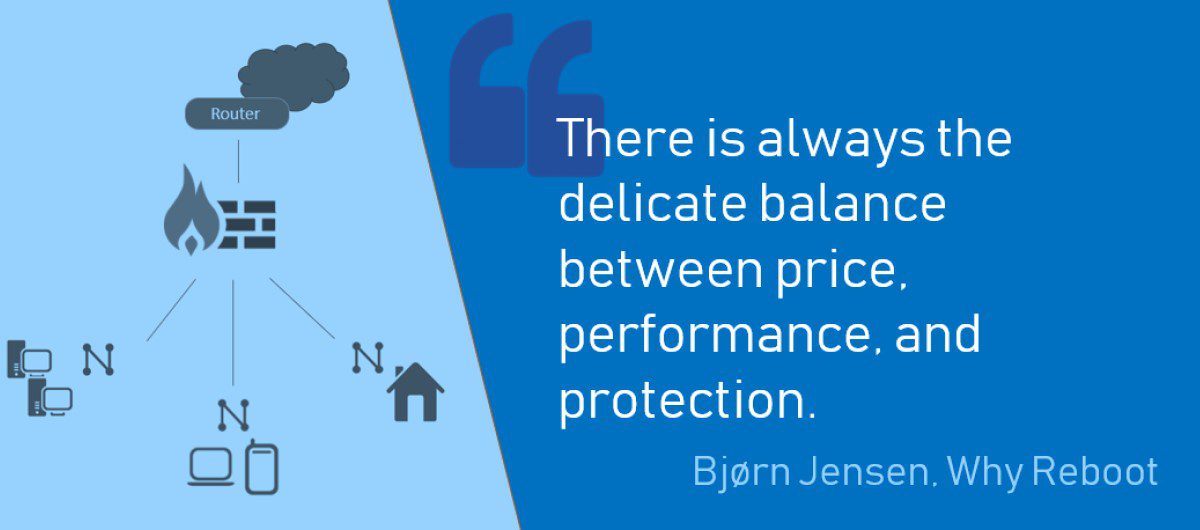

Types of Hardware That Make Up a Solaris Network TCP/IP and its protocol family are fully described in Chapter 4, Overview of TCP/IP. You can also use TCP/IP to construct a wide-area network by way of virtually any point-to-point You can use TCP/IP to construct a network out of a number of local-area networks.

Types of networks range from local area networks, such as Ethernet,įDDI, and Token Ring, to wide-area networks, such as T1 (telephone lines), X.25, and TCP/IP provides services to many different types of computers, operating systems,Īnd networks. Because it is a set of standards, TCP/IP runs on many different types ofĬomputers, making it easy for you to set up a heterogeneous network running the Solaris TCP/IP is recognizedĪs a standard by major international standards organizations and is used throughout Suite, collectively referred to as TCP/IP.
RESPONSIBILITY OF ROUTER ON A STICK SOFTWARE
This networking software implements the communications protocol The Solaris operating environment includes the software needed for network operationsįor your organization. Need to interact to perform the networking function, designers developed the concept Because different types of networking software and hardware Network to function properly, information must be delivered to the intended destination That describe how software and hardware should interact within a network. What is TCP/IP?Ī network communications protocol is a set of formal rules
RESPONSIBILITY OF ROUTER ON A STICK HOW TO
Chapter 25, Overview of UUCP explains how to use UUCP to exchange information between your "Extending Your Network With PPP" explains how to set up networking connections for nomadic computers. "Configuring Routers" contains procedures for setting up an internetwork.

Users on your network to retrieve information from other systems throughout the worldĬonfiguring UUCP communications, enabling users to exchangeįiles and electronic mail with remote machines Sites and enabling these machines to connect over telephone lines to your networkĬonnecting your network to the Internet, thus enabling Using a machine functioning as a router, thus creating an internetworkĬonfiguring machines in users' homes or in remote office Setting up a new network and connecting it to the existing network Several options are available for expanding your network: The network administration cycle: expansion. That is when it must enter the fourth phase of But eventually, a single network will expand to the point where itĬan no longer operate efficiently. Population by adding new hosts and expanding network services by providing additional Might want to expand its features and services. The longer a network is in place and functioning properly, the more your organization For security-related tasks, refer to the System Administration Guide, Volume "General Troubleshooting Tips" contains hints for solving network problems.įor information on network services, refer to Chapter 29, Solaris NFS Environment, Chapter 33, Introduction to Mail Services, "Configuring Network Clients" explains how to set up new hosts on an existing They might include:Īdministering network services, such as NFS TM services, name services, and electronic mail The third phase of network administration consists of ongoing tasks that typicallyĬonstitute the bulk of your responsibilities. You should expect to perform these tasks unless your organization is very large, withĪn adequate network structure already in place.Ĭhapter 6, TCP/IP Administration contains instructions for the tasks involved in The tasks involved in this phase are a major responsibility for network administrators. Or databases, hosts, routers, and network configuration servers. The hardware that makes up the physical part of the network, and configuring the files Setting Up the NetworkĪfter the new network is designed, the second phase of network administrationīegins, which involves setting up and configuring the network. Network administrator familiar with both network software and hardware.Ĭhapter 5, Planning Your TCP/IP Network describes the factors involved in network design. In larger sites this task is performed by a senior network architect: an experienced Making decisions about the type of network that best suits the needs of your organization. The first phase in the life cycle of a network involves creating its design,Ī task not usually performed by new network administrators. You might be responsible for all the phases, or you might ultimately specialize inĪ particular area, for example, network maintenance. Responsibilities of the Network AdministratorĪs a network administrator, your tasks generally fall into the following areas:Įach task area corresponds to a phase in the continuing life cycle of a network.


 0 kommentar(er)
0 kommentar(er)
